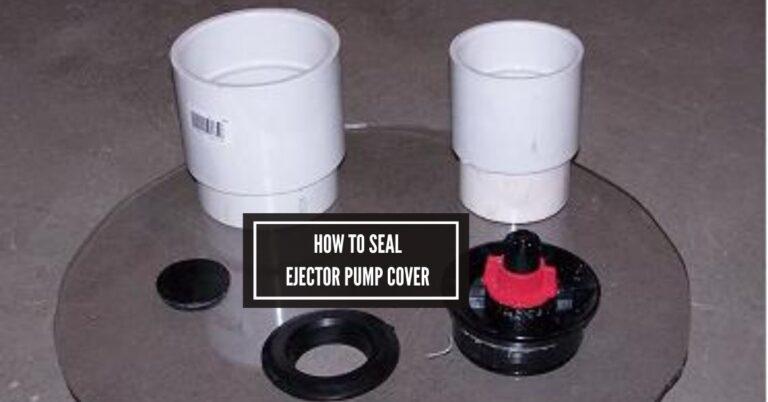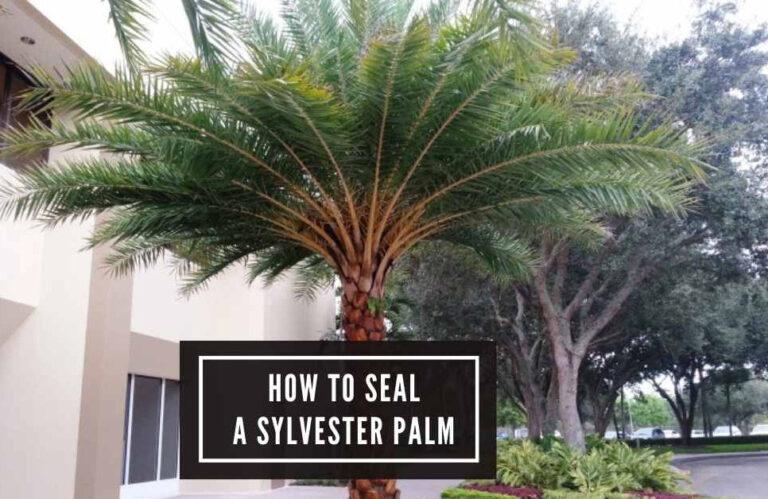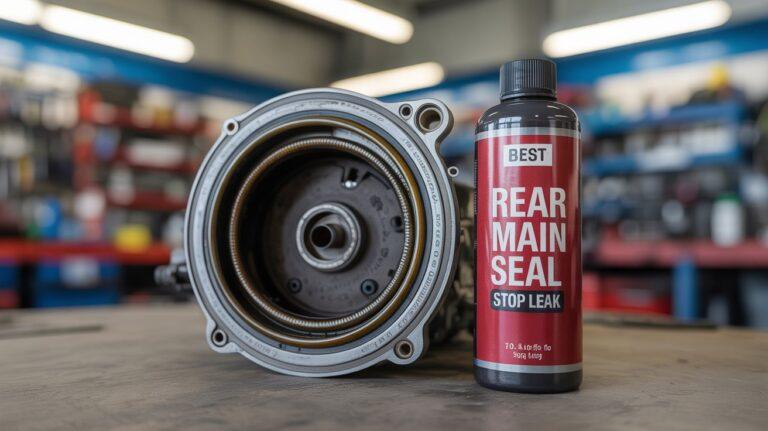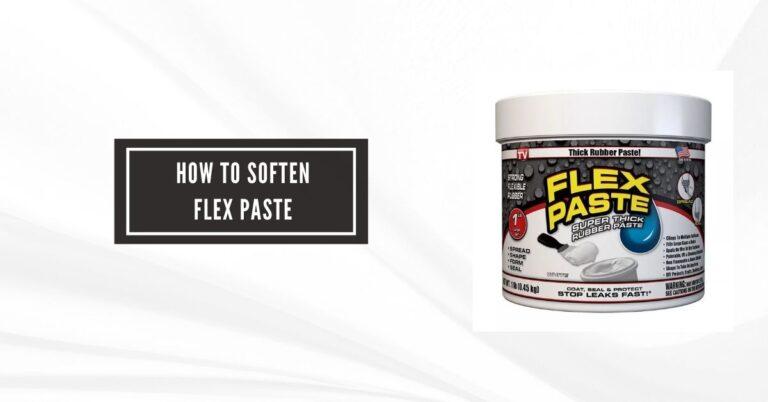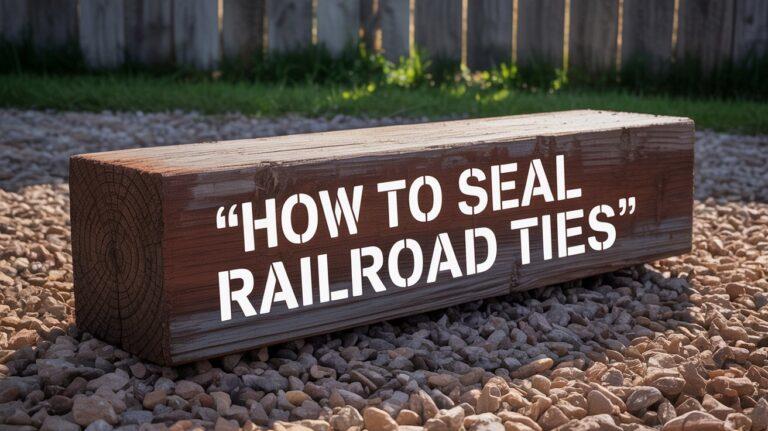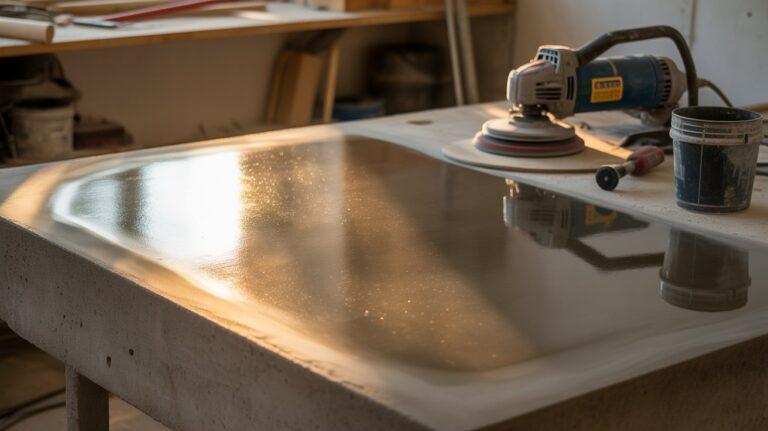How to Seal the Bottom of T1-11 Siding: Expert Tips
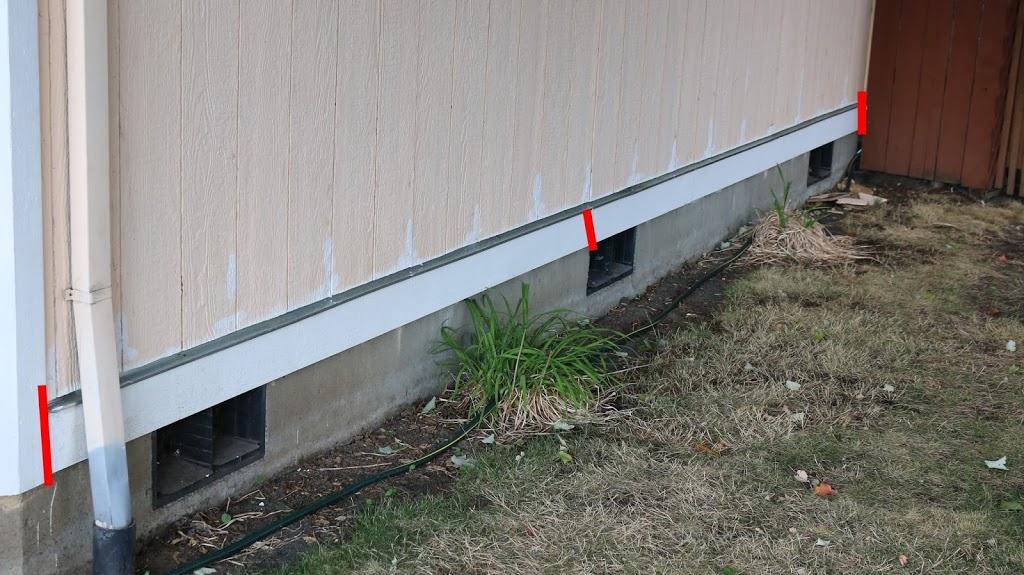
To seal the bottom of T1-11 siding, start by applying a high-quality exterior caulk along the bottom edge. Ensure to smooth out the caulk with a caulking tool or finger for a clean finish.
Sealing the bottom of T1-11 siding is crucial in preventing water intrusion, which can lead to rot and deterioration. T1-11, a type of plywood siding with grooved patterns, demands particular attention at its seams and edges where moisture is prone to accumulate.
Homeowners and builders must ensure they employ the right sealing techniques to safeguard the integrity of the siding. Proper sealing enhances the longevity of T1-11 siding, protecting a home’s exterior from harsh weather, pests, and other environmental threats. A good sealant also maintains the aesthetic appeal of the siding, preventing unsightly damage and potential costly repairs. Regular maintenance, including reapplication of caulk, is key to keeping T1-11 siding in optimal condition.
Understanding T1-11 Siding Material
T1-11 siding transforms homes with its rugged charm. But without proper care, it fades. Sealing its bottom edge is crucial. Learn to shield it from damage.
T1-11 siding is a wood panel favored for its grooves and textures. Its versatile look fits different styles. Made from plywood or OSB, it’s perfect for exterior walls. However, its wood composition means it needs protection from water and pests.
- Plywood: Offers a classic appearance and solid durability.
- OSB (Oriented Strand Board): A cost-effective option with reliable performance.
Both types need sealing at the bottom for longevity.
Importance Of Proper Sealing
Sealing is not just preventive; it’s vital. It defends against moisture, rot, and insects. Unsealed edges invite trouble, threatening the siding’s integrity. Always ensure the bottom edge gets special attention during installation and maintenance.
| Benefits of Sealing | Outcome |
| Moisture Resistance | Prevents water damage |
| Pest Prevention | Keeps insects at bay |
| Improved Longevity | Extends siding life |
Common Issues With Unsealed T1-11 Siding
Unsealed T1-11 risks health and appeal. Here’s what lurks:
- Moisture Damage: Water seeps into wood, leading to warping or swelling.
- Rot: Persistent moisture causes decay, destroying the siding from the inside.
- Insect Infestations: Unprotected wood is a haven for termites and other pests.
Regular inspections can catch these early. Yet, prevention with proper sealing is the best strategy.
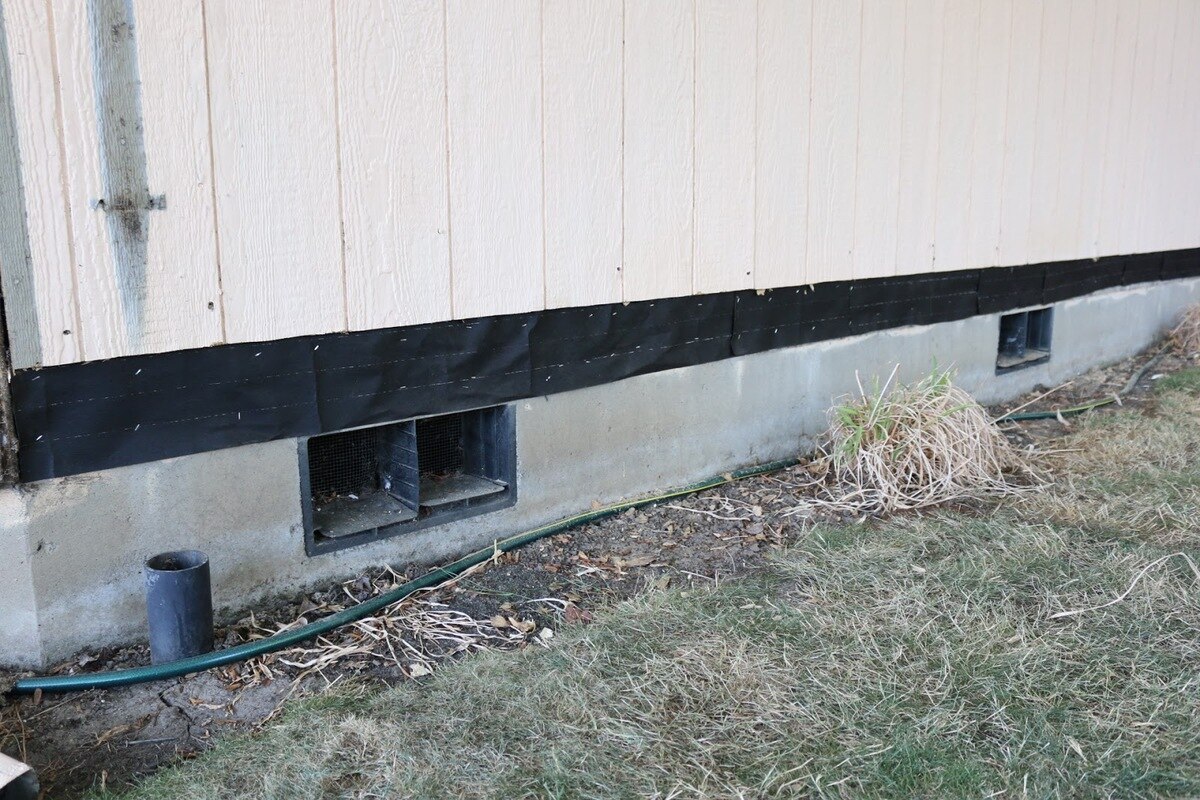
Credit: storables.com
Preparing To Seal The Bottom Of T1-11 Siding
Preparing the bottom of T1-11 siding is vital for a durable finish. Proper sealing prevents water damage, rot, and maintains the integrity of the siding. Let’s dive into the essential steps to prepare for this important task.
Inspecting The Siding For Damage
Before sealing, inspect the siding for any signs of damage. Look for cracks, holes, or signs of rot. Minor issues can be repaired but serious damage may need professional help or replacement.
Tools And Materials Needed
Accumulate the necessary tools and materials:
- High-quality exterior caulk
- Caulk gun
- Sandpaper or a sander
- Primer and sealant designed for exterior use
- Paintbrush or roller
- Cleaning supplies such as a brush and a mild detergent
Safety Precautions Before Starting The Work
Your safety is pivotal. Ensure the following:
- Wear protective gear – gloves, goggles, and a mask.
- Ensure good ventilation if working in a confined space.
- Keep your workspace clean and free of hazards.
Step-by-step Guide To Sealing The Bottom Edge
Sealing the bottom edge of T1-11 siding is vital to protect from water damage. This guide provides a clear, step-by-step approach to ensure your siding lasts longer and stands strong against the elements.
Cleaning The Siding Surface
- Inspect the siding for dirt or debris.
- Use a soft brush to sweep away loose particles.
- Prepare a cleaning solution of water and mild detergent.
- Wipe down the siding with a rag soaked in the solution.
- Rinse the siding with clean water.
- Allow the surface to dry completely before applying the sealant.
Applying The Sealant Correctly
- Choose a high-quality exterior sealant suitable for T1-11 siding.
- Load the sealant into a caulk gun.
- Apply the sealant evenly along the bottom edge of the siding.
- Ensure the sealant extends a few inches up from the bottom.
- Smooth the sealant with a putty knife for even coverage.
- Check for gaps and apply more sealant if needed.
Ensuring Adequate Drying And Curing Time
- Read the manufacturer’s instructions for drying times.
- Avoid touching or disturbing the sealant.
- Keep the siding dry and free from rain during this period.
- Wait for the full recommended time for the sealant to cure.
- Inspect the sealant once dried to confirm a solid seal.
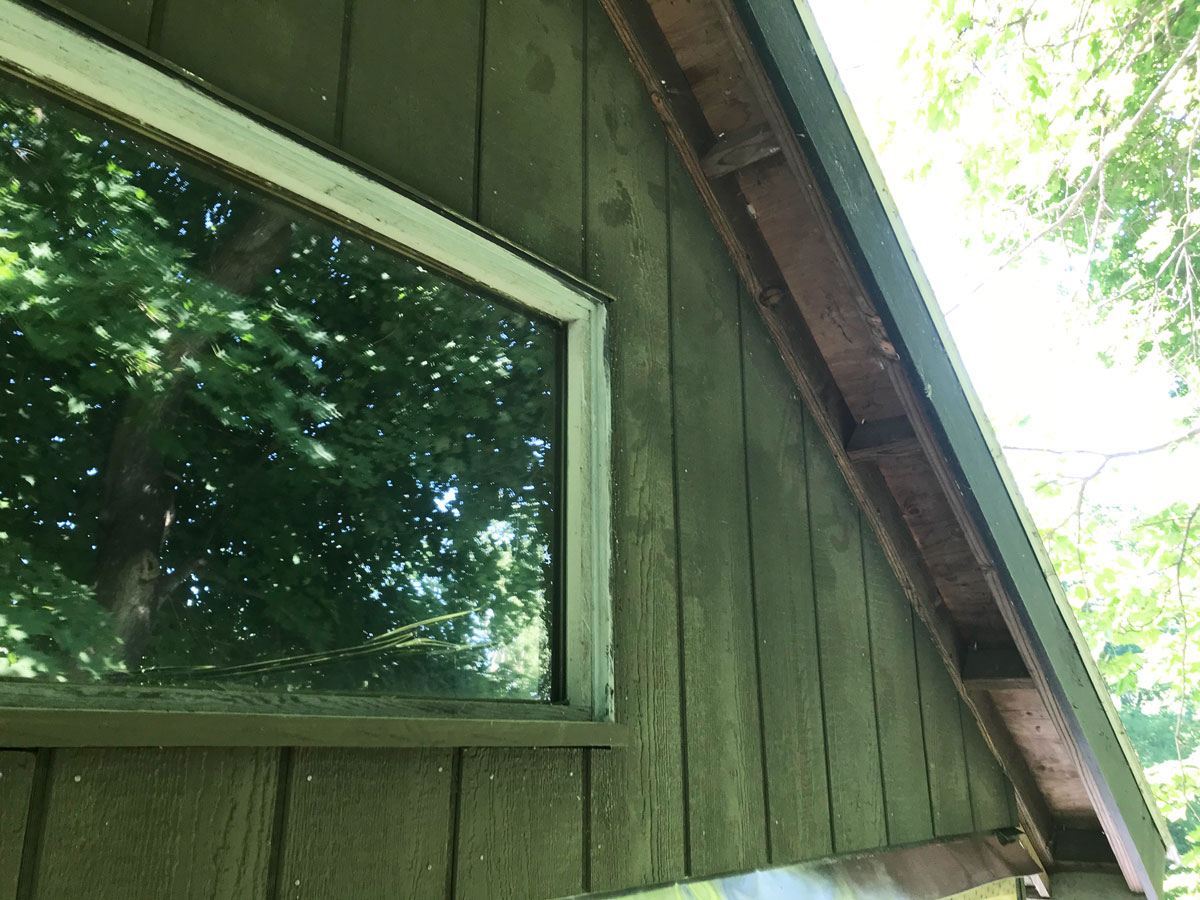
Credit: www.finehomebuilding.com
Expert Tips For Effective Sealing
Protecting T1-11 siding from the elements is crucial for home maintenance. Effective sealing keeps the wood safe and extends its life. Discover practical tips to ensure a proper seal and guard against moisture.
Choosing The Right Sealant For T1-11 Siding
The correct sealant is vital for safeguarding T1-11 siding. A high-quality sealant prevents water damage and decay. Consider these factors:
- Compatibility: Ensure the sealant is suitable for T1-11 siding.
- Durability: Choose a sealant that withstands changing weather.
- Flexibility: It must expand and contract with the wood.
Examples include acrylic and silicone-based sealants, both known for their resilience.
Techniques For Minimizing Exposure To Moisture
To avoid moisture damage, follow these steps:
- Install Flashing: Place flashing above windows and doors.
- Proper Angling: Angle the bottom edge away from the wall to direct water.
- Ample Overhangs: Ensure roof overhangs are sufficient to protect against rain.
Regular inspections are essential to spot potential issues early.
Maintenance Tips For Long-term Protection
Long-term protection requires attention to detail:
- Clean Surfaces: Keep the siding clean from dirt and algae.
- Reapply Sealant: Check periodically, reapply when needed.
- Quick Repairs: Address damages or breaches in the sealant fast.
Sticking to a regular maintenance schedule keeps T1-11 siding in top condition.
Common Mistakes To Avoid
Protecting your T1-11 siding is crucial. Sealing the bottom edge is essential to prevent water damage. Yet, many homeowners make simple mistakes that can be costly to fix. Here are common errors to avoid for a well-protected home.
Ignoring Manufacturer’s Instructions
T1-11 siding, like all building materials, comes with specific guidelines from the manufacturer.
These instructions detail how to properly seal the material to ensure durability and effectiveness.
Never overlook these recommendations. Failure to follow the correct procedures can lead to early wear and tear.
It can also void any warranties provided for the siding.
Sealant Application In Unsuitable Weather Conditions
Suitable weather conditions are pivotal for applying sealant. Check the weather forecast before starting.
- Don’t apply sealant if rain is expected within 24 hours.
- Avoid extreme temperatures, hot or cold.
- High humidity levels can affect drying times and adhesion.
Wait for a clear day with moderate temperatures to ensure the best seal.
Neglecting Regular Inspections And Touch-ups
Maintenance is key to long-lasting siding. Regular inspections can catch issues early. Look for cracks, peeling or loose sealant. Addressing small problems promptly can save time and money. Plan for touch-ups every few years to maintain a strong seal.
Additional Resources About Seal T1-11 Siding
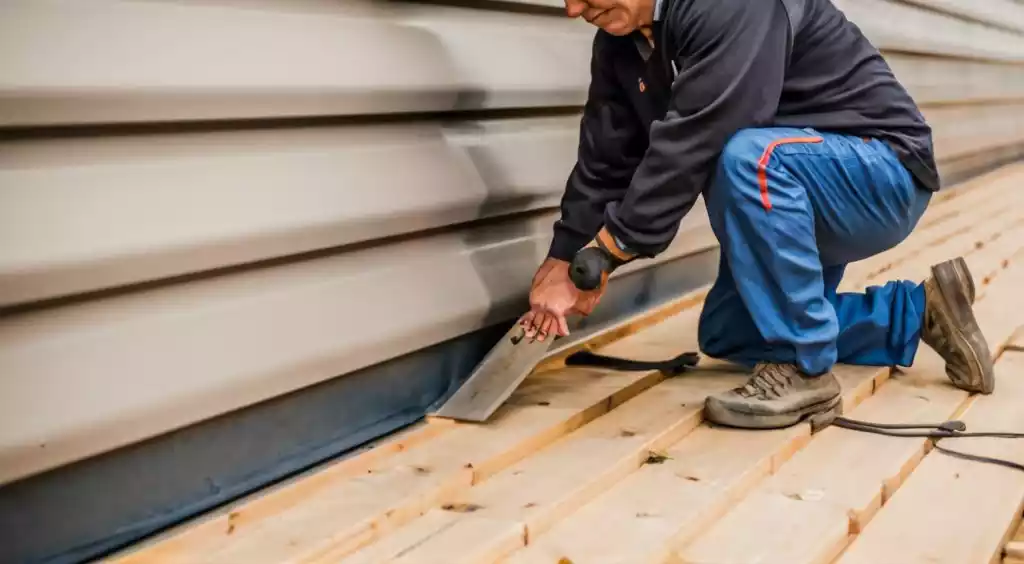
Welcome to the final segment of our guide on effectively sealing T1-11 siding. Below, find a succinct recap, further reading options, and a directory of professional services.
Recap Of The Sealing Process
Protecting T1-11 siding from moisture and decay is vital. Proper sealing safeguards your home and enhances its longevity. Start with a clean surface, apply a quality sealer, and address any cracks or gaps. Remember, meticulous preparation and application ensure lasting results and an appealing finish.
Further Reading On Siding Maintenance
- Understanding Siding Materials: Uncover the variety of siding materials and the unique maintenance they require.
- Weatherproofing Tips: Learn how to keep your siding resilient against harsh weather conditions.
- Paint vs. Sealer: Explore the benefits of painting compared to sealing, and make an informed choice.
Professional Services For Siding Installation And Repair
Seeking expert help ensures your T1-11 siding receives the best treatment. Professionals bring the right tools, skills, and experience. They deliver quality installations and repairs. A reliable service provider will offer a warranty, demonstrating confidence in their workmanship.
| Service | Description | Contact |
|---|---|---|
| Installation | Complete setup of new T1-11 siding, ensuring perfect alignment and sealing. | Email or call for quotes. |
| Repair | Identification of weak points and restoration of existing siding. | Schedule an inspection today. |
FAQ’s
Should You Seal The Bottom Of Siding?
Sealing the bottom of siding is not typically recommended as it can trap moisture and lead to damage. Allow for proper ventilation to prevent decay and ensure longevity of the siding.
How Do You Waterproof T1-11 Siding?
To waterproof T1-11 siding, apply a high-quality exterior primer and paint or a wood stain with sealer, ensuring all edges and grooves are fully covered. Regularly maintain by inspecting for cracks and reapplying as needed to prevent water intrusion.
What Goes Under T1-11 Siding?
Under T1-11 siding, you’ll typically find a layer of sheathing, such as plywood or OSB, along with a weather-resistant barrier like house wrap or felt paper for added protection against moisture.
How Do I Stop My T1-11 From Rotting?
Keep T1-11 siding from rotting by regularly sealing or painting it, ensuring proper installation with a moisture barrier, and maintaining gutters to prevent water exposure. Periodically inspect for damage and promptly replace any rotten sections to preserve the siding’s condition.
What Is T1 11 Siding?
T1-11 siding refers to a type of plywood panel known for its vertical grooves, which give it a textured, board-and-batten appearance often used in residential construction.
Conclusion
Sealing the bottom of your T1 11 siding is crucial for long-lasting protection. By following the steps outlined, you ensure your home’s defense against the elements. Proper maintenance extends your siding’s life and enhances your house’s curb appeal. Remember, a well-sealed siding is the key to a sturdy, beautiful home.
Don’t wait—seal it right, and rest easy.

I am Robert Sandin, a professional sealing expert with a diverse range of expertise. From concrete to various other materials, I possess in-depth knowledge and experience in the art of sealing. On my website, I offer valuable tips and expert recommendations on sealing techniques and products for different materials. Whether it’s concrete, wood, metal, or more, I am committed to providing you with the guidance you need for successful sealing projects.

